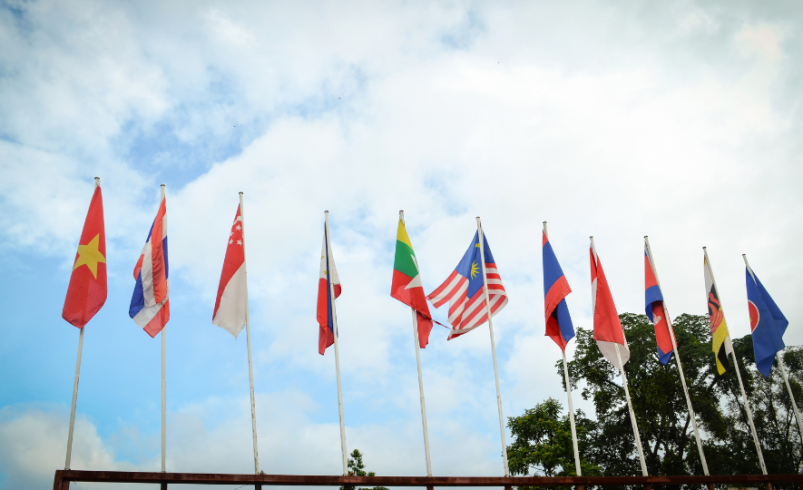Garin urges ASEAN to bridge technical, market, and funding gaps for true power grid integration
- October 29, 2025
- 0

Energy Secretary Sharon S. Garin yesterday said ASEAN’s next step toward a full regional power integration depends on harmonized technical standards, aligned markets, and sustained capital flow.
Speaking at the International Energy Agency Forum during Singapore International Energy Week (SIEW) 2025, Garin said technical harmonization, market design, and investment mobilization are now the region’s top priorities.
“To unlock the full potential of regional interconnection, cooperation must go beyond building physical links. We must align our national policies to ensure systems can operate seamlessly across borders. Harmonized technical standards, compatible market mechanisms, clear investment frameworks, and stable cross-border governance from the foundation of our collective progress,” she added.
She said ASEAN’s vision of an interconnected regional grid is no longer conceptual but a growing reality. Half of the priority projects under the ASEAN Interconnection Masterplan Study Phase III are already operational, reflecting steady progress toward cross-border electricity trade.
Garin explained that regional integration enables countries to share resources, cut reserve requirements, and maintain system stability. Without it, the cost of energy transition will be higher and reliability risks greater.
“Variable renewable resources require broader balancing areas and shared flexibility. Without cooperation, the pace will be slower,” she said.
The Philippines’ own experience in linking its three major island grids—Luzon, Visayas, and Mindanao—through the Mindanao-Visayas Interconnection Project (MVIP) shows how connectivity improves reliability and flexibility. Garin said the same principles apply at the regional level under the ASEAN Power Grid (APG) framework.
She added that ASEAN’s clean energy transition must advance in step with grid modernization. For every increase in solar and wind capacity, governments must also strengthen grid resilience and flexible capacity.
To address the financing challenge, Garin highlighted the launch of the ASEAN Power Grid Financing Initiative, a partnership with the Asian Development Bank (ADB) and the World Bank Group. The initiative aims to mobilize capital for cross-border grid infrastructure and renewable energy investments.
“Cooperation must go beyond physical links,” Garin said. “We must align national policies and create harmonized frameworks so systems can operate seamlessly across borders.”
She also called for innovative financing models and blended mechanisms that can attract both public and private sector participation.
Garin noted that the updated ASEAN Plan of Action for Energy Cooperation (APAEC) 2026–2030 targets a 30% renewable energy share in total primary energy supply and 45% in installed capacity by 2030—goals that require coordinated regional action.
“These ambitious yet attainable targets can only be achieved with stronger cooperation and sustained policy alignment,” she said.
Garin emphasized that the private sector will be key to realizing this vision, as public funds alone cannot support the scale of capital and innovation required. She urged investors to view ASEAN as one unified investment area supported by transparent, stable, and compatible frameworks.
The Philippines will assume the ASEAN chairship in 2026, and Garin said the country intends to prioritize advancing regional connectivity under the Power Grid initiative.
“During our term, we aim to work closely with member states, dialogue partners, and the private sector to sustain existing initiatives while advancing mechanisms that deliver tangible and system-level benefits that will drive an interconnected ASEAN,” she said.
Garin closed her speech by reminding participants that energy security and transition must move together, not in competition.
“Our task is not to choose between energy security and transition, but to achieve both together. The ASEAN Power Grid remains our most vital instrument to realize this dual objective.”
Follow Power Philippines on Facebook and LinkedIn or join our Viber community for more updates.